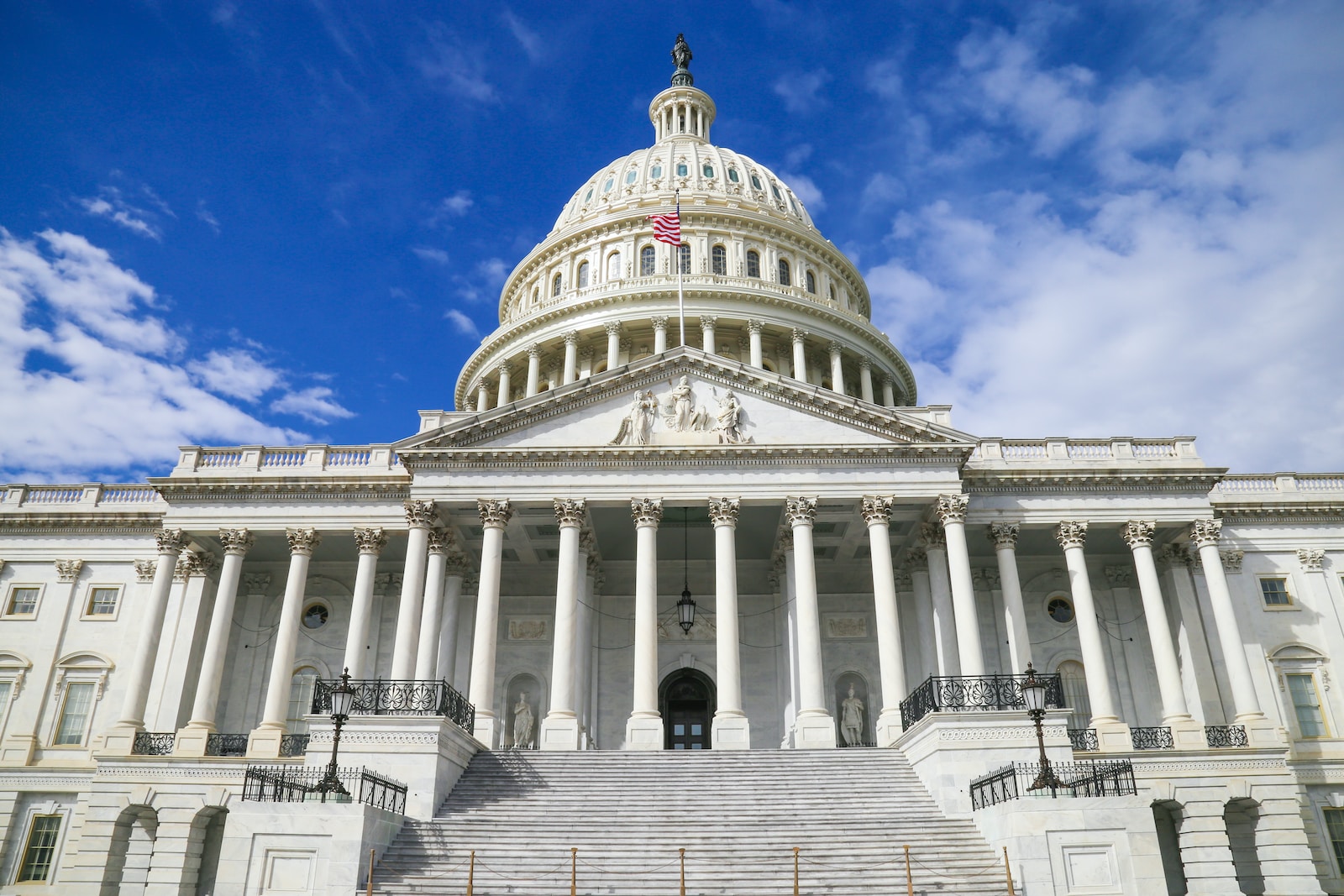Healing continues in the atmosphere over the Antarctic. A hole that opens annually in the ozone layer over Earth’s southern pole was relatively small in 2024 compared to other years. NOAA and NASA scientists project the ozone layer could fully recover by 2066.
During the peak of ozone depletion season from September 7 through October 13, the 2024 area of the ozone hole ranked the seventh-smallest since recovery began in 1992. That’s when the Montreal Protocol, a landmark international agreement to phase out ozone-depleting chemicals, started to take effect.
Read more
- Heavy to very heavy Rainfall predicted in these areas of Jammu and Kashmir…
- Heavy to very heavy rainfall predicted in these areas of Jammu and Kashmir…
- Important Weather Advisory for Jammu & Kashmir , Check detailed forecast
- Finally Snowfall started in Kashmir, More Expected Ahead, Read full Story
- Heavy Rain & Snow Predicted for Jammu and Kashmir, Ladakh.
At almost 8 million square miles (20 million square kilometers), the monthly average ozone-depleted region in the Antarctic this year was nearly three times the size of the contiguous U.S. The hole reached its greatest one-day extent for the year on September 28 at 8.5 million square miles (22.4 million square kilometers)







